- 34425 = 34 × 425
- A running joke is a standing joke.
- RESTAURATEURS balances two identical sets of letters on either side of the central R.
- Does an artwork have value if no one sees it?
- “Marriage is a covered dish.” — Swiss proverb
Art
Furioso
Common dismissals of the works of great composers by the critics of their day, from Nicolas Slonimsky’s Lexicon of Musical Invective (1965):
- “Barbarous”: Beethoven, Tchaikovsky, Varèse, Wagner
- “Bizarre”: Beethoven, Berlioz, Bloch, Chopin, Liszt
- “Crude”: Beethoven, Berlioz, Miszt, Moussorgsky, Schumann
- “Dull”: Beethoven, Brahms, Gershwin, Liszt, Schumann, Scriabin, Strauss, Stravinsky
- “Hideous”: Berlioz, Bloch, Bruckner, Harris, D’Indy, Liszt, Moussorgsky, Puccini, Saint-Saëns, Schoenberg, Strauss, Stravinsky, Tchaikovsky, Varèse, Wagner
- “Monstrous”: Beethoven, Bloch, Krenek, Liszt, Prokofiev, Schoenberg, Shostakovitch, Wagner
- “Painful”: Bizet, Franck, D’Indy, Wagner
- “Perverse”: Berg, Chopin, Prokofiev, Strauss, Stravinsky
- “Rambling”: Beethoven, Chopin, Liszt, Schoenberg, Wagner
- “Repulsive”: Beethoven, Berg, Berlioz,Bizet, Prokofiev, Ravel
- “Vulgar”: Beethoven, Berlioz, Gershwin, Liszt, Shostakovitch, Sibelius, Tchaikovsky
Highlights of selected reviews:
- “This is advanced cat music.” — Heinrich Dorn, Aus Meinem Leben, Berlin, 1870, of Wagner’s Tristan und Isolde
- “I can compare Le Carneval Romain by Berlioz to nothing but the caperings and gibberings of a big baboon, over-excited by a dose of alcoholic stimulus.” — George Templeton Strong’s diary, Dec. 15, 1866
- “A blood-curdling nightmare.” — Boston Herald, Feb. 23, 1896, of Strauss’ Till Eulenspiegel
- “A farrago of circus tunes.” — E. Chapman, Tempo, September 1946, of Shostakovitch’s ninth symphony
- “A bomb in a poultry-yard.” — Louis Elson, Boston Daily Advertiser, Dec. 19, 1914, of Schoenberg’s Five Orchestral Pieces
- “The upsetting of twenty thousand coal-scuttles.” — Henry Labouchère, Truth, London, Feb. 12, 1885, of Liszt’s symphony to Dante’s Divina Commedia
- “A horde of demons struggling in a torrent of brandy.” — Boston Evening Transcript, Oct. 24, 1892, of Tchaikovsky’s fifth symphony
- “A catastrophe in a boiler factory.” — Olin Downes, New York Times, Dec. 17, 1924, of Varèse’s Hyperprism
- “A cat with catarrh.” — Boston Evening Transcript, April 17, 1913, of Webern’s Six Orchestral Pieces
Writing in the New York Evening Post of March 2, 1925, Ernest Newman declared that Edgard Varèse’s Intérales “sounded a good deal like a combination of early morning in the Mott Haven freight yards, feeding time at the zoo and a Sixth Avenue trolley rounding a curve, with an intoxicated woodpecker throw in for good measure.”
First Impressions

Of the Second Impressionist Exhibition of 1876, critic Albert Wolff wrote in Le Figaro: “Five or six lunatics, one of them a woman — a collection of unfortunates tainted by the folly of ambition — have met here to exhibit their works. … What a terrifying spectacle is this of human vanity stretched to the verge of dementia. Someone should tell M. Pissarro forcibly that trees are never violet, that the sky is never the colour of fresh butter, that nowhere on earth are things to be seen as he paints them. …”
When J.L. Gérôme was conducting President Loubet around the exhibitions at the Exposition Universelle of 1900, he stopped him at the door of the Impressionist room, saying, “Arrêtez, Monsieur le Président, c’est ici le déshonneur de la France!”
Push and Pull
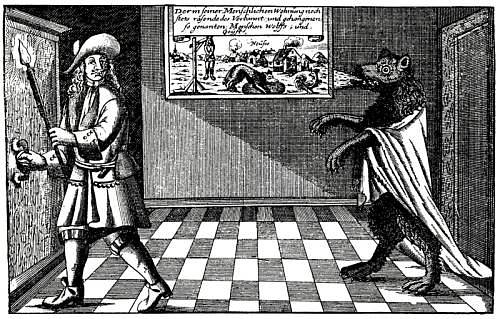
In short, there appears to be something paradoxical about the horror genre. It obviously attracts consumers; but it seems to do so by means of the expressly repulsive. Furthermore, the horror genre gives every evidence of being pleasurable to its audience, but it does so by means of trafficking in the very sorts of things that cause disquiet, distress, and displeasure. So different ways of clarifying the question ‘Why horror?’ are to ask: ‘Why are horror audiences attracted by what, typically (in everyday life), should (and would) repel them?,’ or ‘How can horror audiences find pleasure in what by nature is distressful and unpleasant?’
— Noël Carroll, “Why Horror?” in Alex Neill and Aaron Ridley, eds., Arguing About Art, 1995
Urban Contemporary
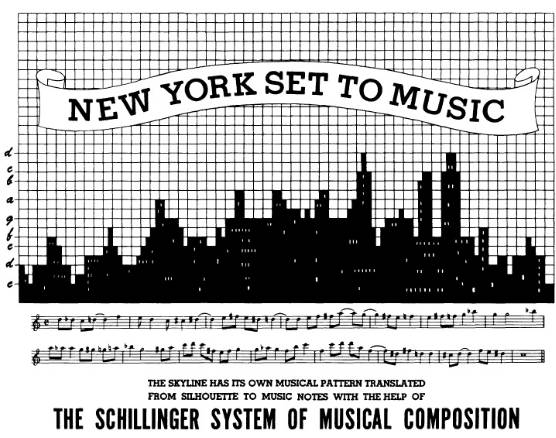
In 1939, Heitor Villa-Lobos composed a piano piece by superimposing the New York skyline on a piece of graph paper.
Five years later he used a similar method to compose his sixth symphony, finding a melodic line in the mountain peaks of his native Brazil.
Who’s Who?
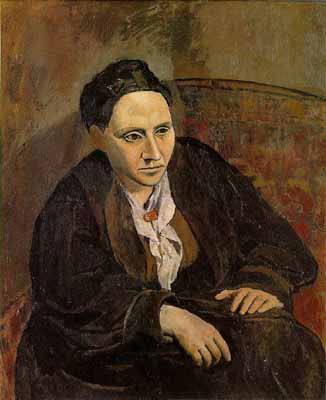
Picasso said of his portrait of Gertrude Stein, “Everybody thinks that the portrait is not like her, but never mind, in the end she will look like the portrait.”
An old epigram runs: “It sounds like paradox — and yet ’tis true, You’re like your picture, though it’s not like you.”
Thin Thinking

Some of the figures (particularly the holy ones) in El Greco paintings seem unnaturally tall and thin. An ophthalmologist surmised that the painter had a defect of vision that caused him to see people this way.
The zoologist Sir Peter Medawar pointed out that we can reject this conjecture on purely logical grounds. What was his insight?
Shadow Governments
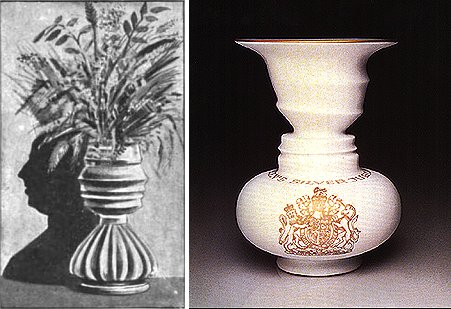
In 1907 an anonymous turner produced a vase that threw a shadow of Queen Victoria.
Seventy years later, for the Silver Jubilee in 1977, a vase was produced that evoked the profiles of both Prince Philip and Elizabeth II.
Is this a tradition? It might lead us to see too much.
First Impressions

In 1842, a Mrs. Simon was traveling by train through the English countryside when a torrential downpour began. The kind-looking elderly gentleman sitting opposite her suddenly arose, opened the window, put his head out, and kept it out for nearly nine minutes. Finally he withdrew it, dripping with water, closed the window, and sat with his eyes closed for a quarter of an hour.
Unable to suppress her curiosity, the young lady arose, opened the window, and put her own head out.
At the next year’s Academy, as she was viewing Rain, Steam, and Speed, someone behind her said, “Just like Turner, ain’t it. Whoever saw such a ridiculous conglomeration?”
She said quietly, “I did.”
Essential Characters
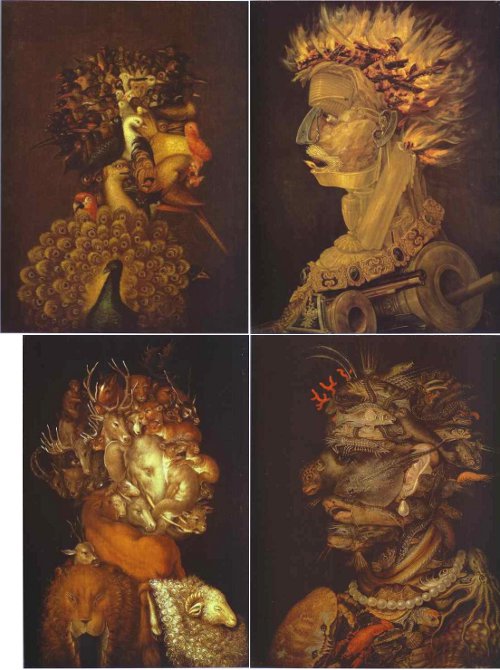
Three years after personifying the four seasons, Giuseppe Arcimboldo (1527-1593) did the same for the four elements.
“There is no unemployed force in Nature,” wrote Emerson. “All decomposition is recomposition.”
